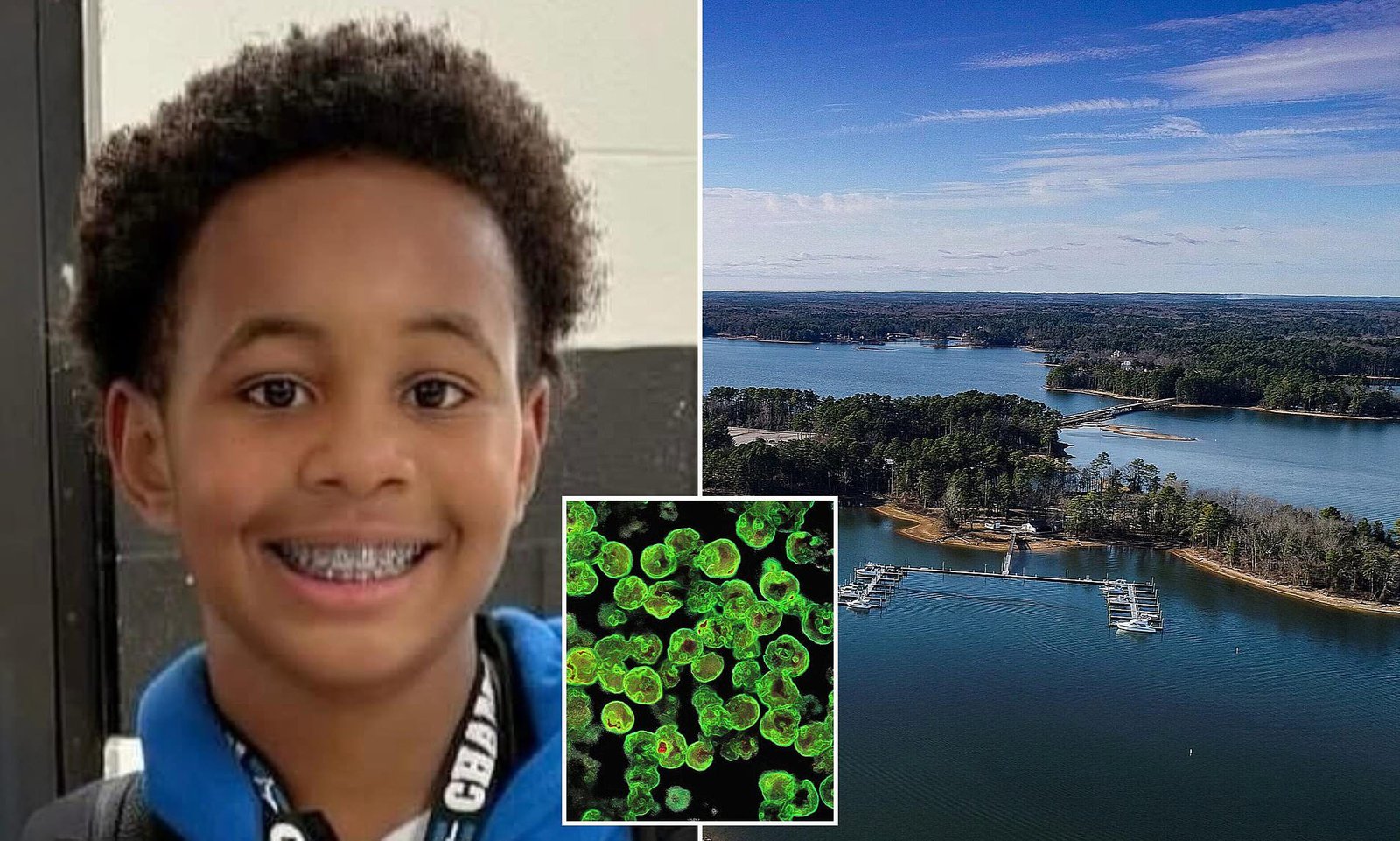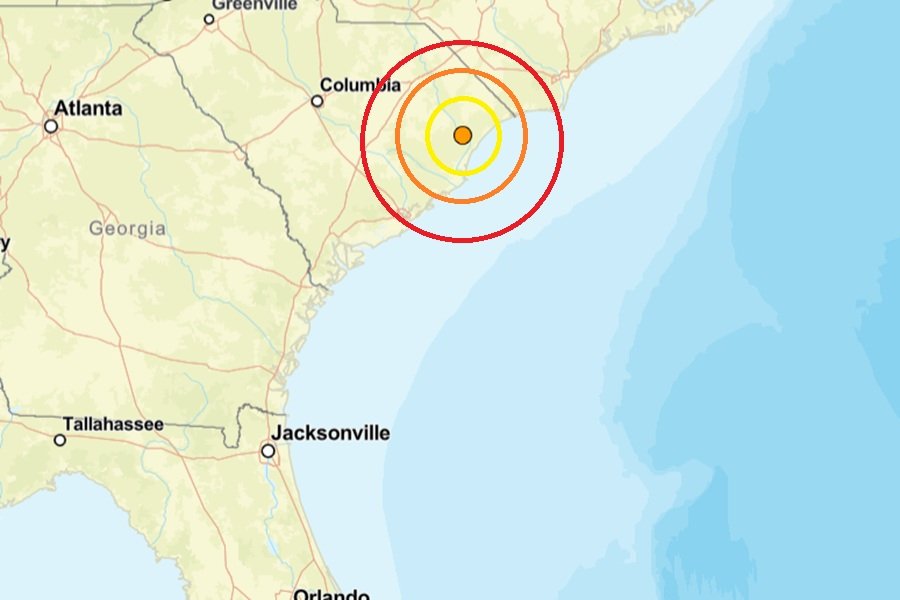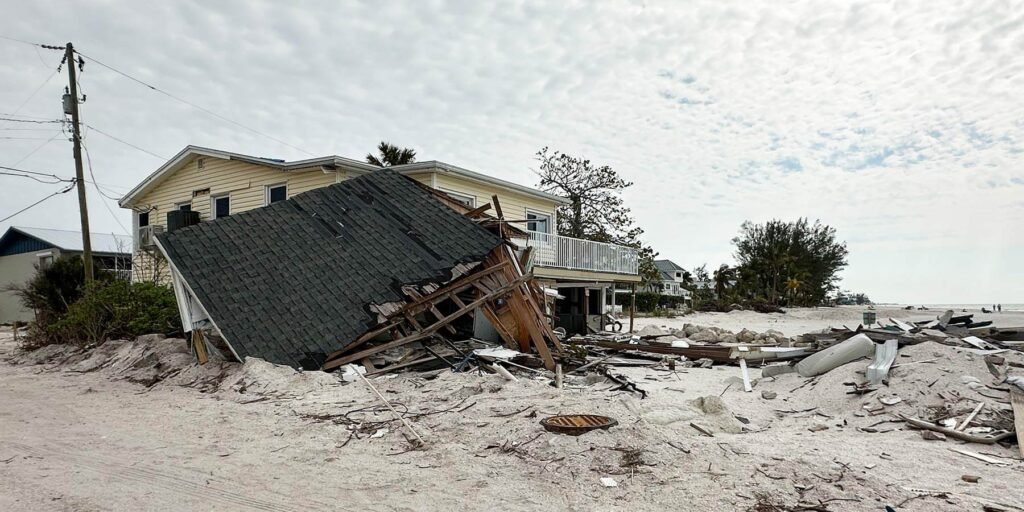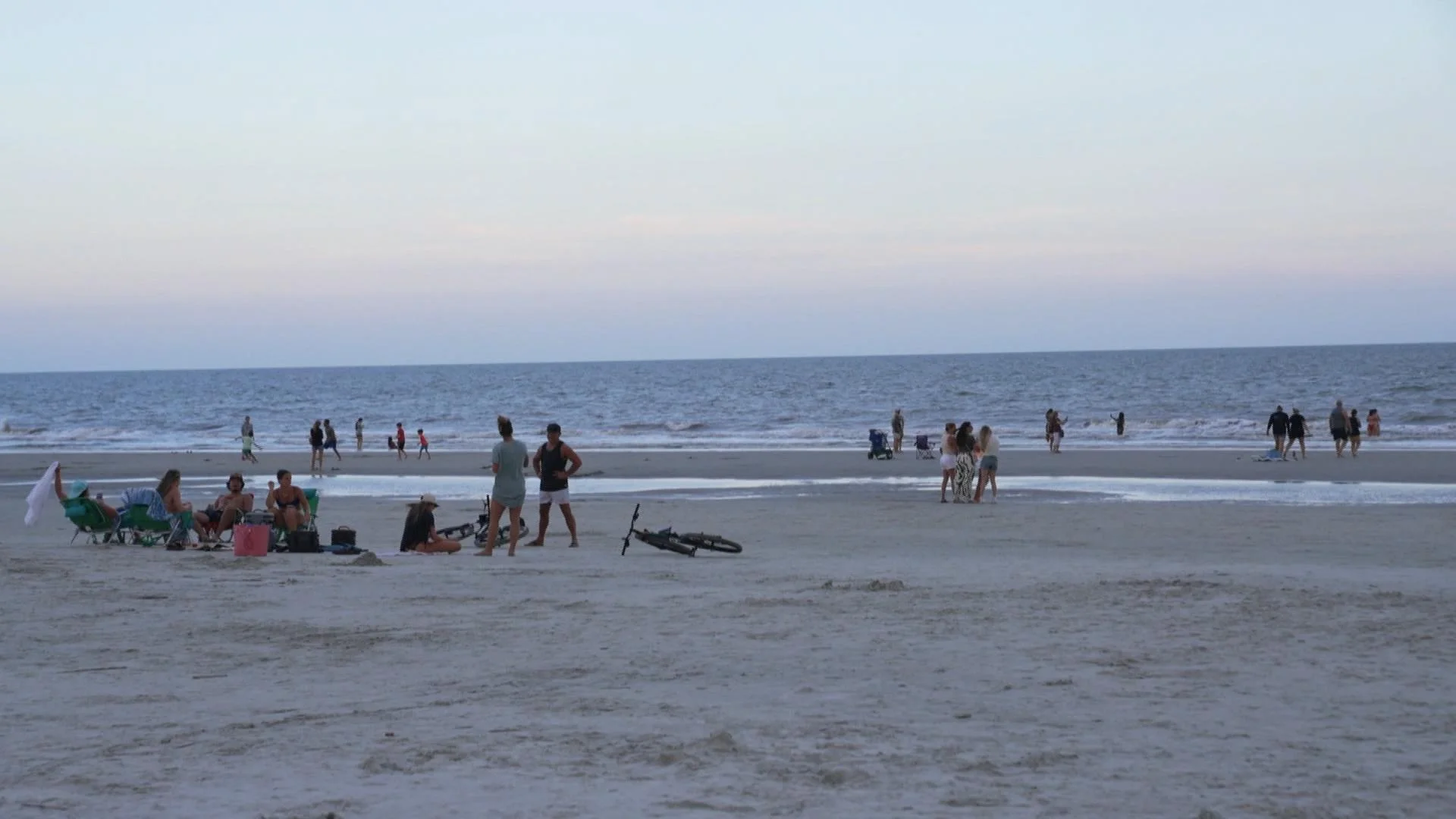According to a statement issued by the family’s lawyer, a 12-year-old South Carolina boy named Jaysen Carr passed quite unexpectedly after swimming in Lake Murray and catching a rare and deadly brain-eating amoeba.
After contracting Naegleria fowleri, a microscopic organism that causes primary amebic meningoencephalitis (PAM), a disease that ruins brain tissue and is nearly always deadly, Jaysen, a resident of Columbia, died on July 18.
Family Seeks Answers Amid Outpouring of Support
The Bailey Law Firm has been hired by the Carr family to carry out an impartial inquiry into Jaysen’s passing. According to attorney Tyler Bailey, the family is committed to learning how the virus happened and averting future catastrophes.
Bailey stated that although Jaysen’s family is suffering this unimaginable loss, they are also appreciative of the community’s outpouring of love and support. They want to take every precaution to make sure that another family doesn’t experience this.
At Prisma Health Children’s Hospital-Midlands, Jaysen was treated, and his family expressed gratitude to the staff for their kindness. As they get ready to bury their son, the family has requested seclusion.
What Is Naegleria Fowleri and How Does It Spread?
Lakes, ponds, rivers, and hot springs are among the warm freshwater habitats where Naegleria fowleri thrive, according to the Centers for Disease Control and Prevention (CDC). Humans are only infected when amoeba-containing water enters through the nose, usually when swimming or diving.
After 12 days of exposure, the organism moves to the brain and creates PAM, with the first symptoms showing up. Among these symptoms could be:
-
Headache
-
Fever
-
Nausea and vomiting
As the infection progresses, the following symptoms could appear:
-
Stiff neck
-
Confusion
-
Hallucinations
-
Loss of balance and attention
Infections Are Rare But Deadly
Infections with Naegleria fowleri are uncommon but extremely deadly. There have only been 167 cases and four survivors reported in the US between 1962 and 2024. This is the first case to be recorded in the state since 2016, according to the South Carolina Department of Public Health.
According to a DPH representative, Naegleria fowleri is expected to be found in any body of warm, fresh water in the US, but the risk of infection is extremely low.
Despite the death, the government stated that Lake Murray, which was built in the 1920s and is now a well-liked swimming and boating destination, does not pose an increased risk.
Tips to Reduce Risk
Simple measures to reduce exposure when enjoying warm freshwater are advised by health experts:
-
Use nose clips or hold your nose shut
when jumping into lakes -
Avoid disturbing bottom sediments
, where the amoeba may reside -
Do not swim in warm freshwater during extended hot spells
-
Never use untreated tap water for nasal rinses
The amoebac cannot transmit from person to person or infect individuals through drinking water.
The South Carolina DNR and the CDC have more information.
This summer, have you gone swimming in Lake Murray or any other lakes in South Carolina? Send the Saluda Standard-Sentinel your story or advice on staying safe in the water.












